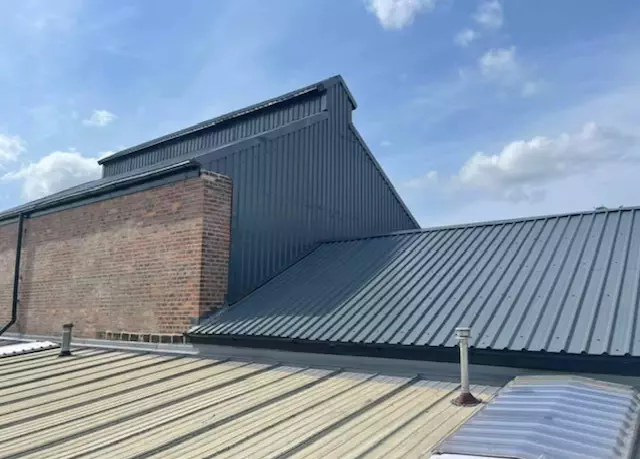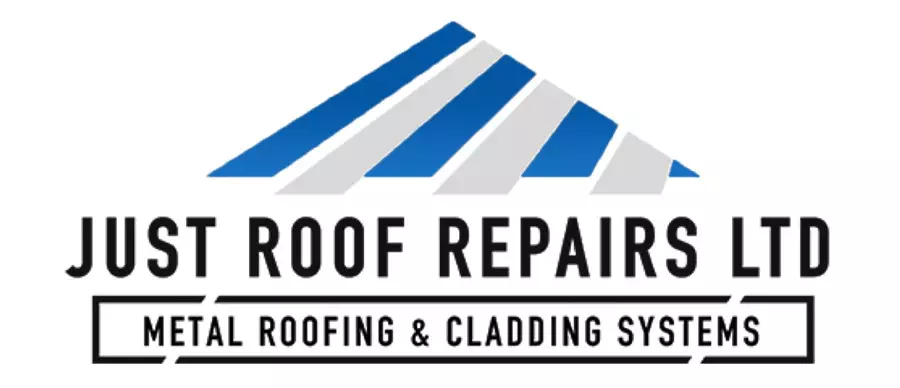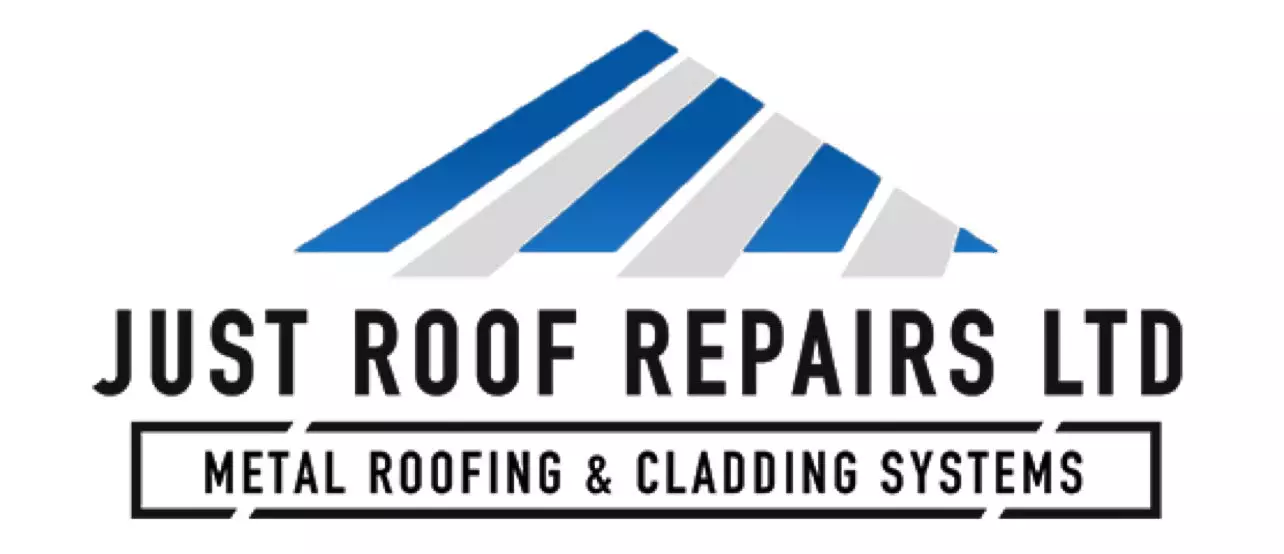Have you ever considered the hidden dangers lurking behind your walls? While you can put cladding over asbestos to effectively encapsulate it, you need to tread carefully. It’s crucial to assess the condition of the asbestos-containing materials first, as improper handling can lead to serious health risks. Engaging certified professionals isn’t just a suggestion; it’s imperative for ensuring compliance with local regulations and safety standards. But what happens if you discover more than you bargained for during the installation process? The implications could be significant, so let’s explore this further.

Understanding Asbestos Risks
Asbestos, a naturally occurring mineral, poses significant health risks when its fibers are inhaled. To understand these risks, you need to perform asbestos identification, which involves inspecting building materials for the presence of asbestos-containing products. This is essential, as the danger arises when asbestos is disturbed, releasing fibers into the air that can lead to serious health issues like asbestosis, lung cancer, and mesothelioma.
Conducting a thorough risk assessment is important to evaluate the potential exposure to asbestos. This process helps you determine the condition of the materials, the likelihood of fiber release, and the appropriate management strategies.
It’s critical to assess not only the materials suspected of containing asbestos but also the work environment and activities that could disturb these materials.
If you identify asbestos in your structure, consider professional assistance for safe removal or encapsulation. This minimizes your risk and guarantees compliance with regulations.
Ignoring the presence of asbestos or neglecting proper identification and assessment can lead to severe health consequences for you and others. Always prioritize safety by understanding the risks associated with asbestos in your environment.
What Is Cladding?
Cladding refers to the material applied to the exterior of a building, serving both functional and aesthetic purposes. It acts as a protective layer, shielding the underlying structure from environmental elements while enhancing the building’s appearance. Various cladding materials are available, including wood, vinyl, metal, and fiber cement, each offering unique properties and benefits.
When considering cladding, you’ll need to understand the installation techniques involved. Proper installation is essential to guarantee durability and effectiveness. Techniques can vary depending on the material used; for instance, wood cladding often requires a framework for support, while metal panels may utilize a system of clips and fasteners.
It’s critical to follow manufacturer guidelines to maintain warranties and achieve peak performance.
Moreover, the choice of cladding materials can greatly impact insulation and energy efficiency. This is particularly relevant for older buildings, where improving energy performance is often a key goal.
Ultimately, cladding not only enhances a building’s visual appeal but also contributes to its longevity and energy efficiency, making it an important consideration in modern construction and renovation projects.
Benefits of Cladding Over Asbestos
When dealing with older structures that contain asbestos, applying cladding offers a practical solution to mitigate health risks. By encapsulating the asbestos, cladding effectively prevents the release of harmful particles into the air. This method not only addresses safety concerns but also enhances the overall performance of the building.
One significant benefit is the aesthetic improvements cladding provides. You can choose from various materials and designs, allowing for a modern look that boosts curb appeal. This visual upgrade can increase property value and attract potential buyers or tenants.
Additionally, cladding contributes to energy efficiency. Insulating materials used in cladding systems can reduce heat loss in winter and keep interiors cooler during summer. This efficiency translates to lower energy bills and a reduced environmental footprint, making your building more sustainable.
Furthermore, cladding can minimize maintenance needs over time. With a durable exterior, you’ll spend less on repairs and upkeep, which is an added financial benefit.
Health Concerns With Asbestos
Exposure to asbestos can lead to serious health issues, making it imperative to understand the risks involved. Asbestos fibers are microscopic, and once inhaled, they can become lodged in your lungs and other tissues. Over time, this can result in severe health effects such as asbestosis, lung cancer, and mesothelioma. The latency period for these diseases can span several decades, meaning you mightn’t feel the consequences of exposure until much later in life.
When considering cladding over asbestos, it’s important to recognize the exposure risks associated with disturbing the material. If the asbestos is in good condition and properly encapsulated, cladding can provide a protective barrier. However, if the cladding installation process involves any disruption of the asbestos, it could release harmful fibers into the air.
Regular monitoring and maintenance of asbestos-containing materials are essential. If you suspect asbestos in your building, consult with a qualified professional to assess the situation before proceeding with any renovation or installation.
Understanding these health concerns helps you make informed decisions about your safety and the integrity of your living environment.
Legal Regulations on Asbestos
Understanding the health risks associated with asbestos leads to an important consideration of the legal framework governing its use and management.
As you navigate the complexities of asbestos regulations, it’s vital to recognize that these laws vary by region and often encompass strict guidelines for handling, removal, and disposal of asbestos-containing materials.
Compliance with these regulations isn’t optional; failure to adhere can result in severe penalties, including fines and legal action. You must guarantee that any renovation or construction work involving asbestos follows the local and national laws designed to protect public health.
Before undertaking any project, familiarize yourself with the specific asbestos compliance requirements in your area. This often includes notifying local authorities and hiring licensed professionals for any work that disturbs asbestos.
You should also be aware that some jurisdictions mandate regular inspections of properties containing asbestos, so staying informed about your obligations is paramount.
Ultimately, understanding these legal regulations will help you make safe, informed decisions regarding asbestos management and guarantee that you remain compliant with the law.
Assessing Your Asbestos Situation
Regularly evaluating your asbestos situation is essential for maintaining a safe environment, especially in older buildings. Begin by conducting thorough asbestos testing to identify any potential hazards. This testing will help you determine the presence of asbestos-containing materials (ACMs) and examine their condition. Once you have this information, you can explore your removal options and decide on the best course of action.
Here’s a quick reference table to guide you in evaluating your asbestos situation:
| Evaluation Step | Description |
|---|---|
| Asbestos Testing | Engage a certified professional for testing to identify ACMs. |
| Condition Assessment | Evaluate the state of identified ACMs to determine risk levels. |
| Removal Options | Decide between encapsulation, removal, or leaving undisturbed. |
Proper Installation Techniques
When it comes to cladding over asbestos, employing proper installation techniques is essential to guarantee safety and effectiveness. First, you need to choose appropriate installation materials that comply with local building codes. Opt for moisture-resistant and non-combustible materials to prevent any potential issues.
Next, prepare the surface thoroughly. Ascertain that the asbestos-containing material is intact and secure before you begin. If you find any loose or damaged areas, consult a professional for remediation.
When selecting cladding types, consider options like vinyl, fiber cement, or composite materials, as they offer durability and ease of maintenance.
During installation, maintain a gap between the cladding and the asbestos surface to allow for ventilation and reduce moisture buildup. Use proper sealing techniques around edges and joints to prevent water infiltration.
Fasteners should be corrosion-resistant and installed according to manufacturer specifications to ascertain a secure fit.
Alternative Solutions to Cladding
While cladding over asbestos can be a practical solution, it’s worth exploring alternative methods that might better suit your specific needs.
One effective option is to conduct ventilation upgrades. Improved ventilation can greatly enhance indoor air quality and reduce the risk of asbestos fibers becoming airborne. By installing exhaust fans or upgrading your HVAC system, you can create a safer environment without the need for cladding.
Another alternative is to take into account insulation alternatives. Instead of covering asbestos with cladding, you might opt for advanced insulation materials that provide better thermal performance and safety. For instance, you could use spray foam insulation, which not only seals air leaks but also adds an additional barrier against potential asbestos exposure.
Additionally, encapsulation is a viable option. This involves applying a specialized coating to the asbestos material, effectively sealing it and preventing fibers from escaping.
This method can be less invasive than cladding and still guarantee safety.
When to Consult Professionals
Consulting professionals is essential whenever you’re dealing with asbestos, especially before deciding on cladding solutions. Asbestos is a hazardous material, and improper handling can lead to significant health risks.
If you suspect your property contains asbestos, the first step is to schedule an asbestos inspection. Trained professionals can accurately assess the situation, identify asbestos-containing materials, and determine their condition.
Once the inspection is complete, seek professional advice on your options. Cladding over asbestos may seem like a viable solution, but experts can provide insights into whether it’s safe and feasible based on specific circumstances. They’ll consider factors like the type and condition of the asbestos, local regulations, and your long-term goals for the structure.
Always prioritize safety by consulting with licensed asbestos removal specialists or contractors experienced in managing asbestos-related projects. They can guide you through the complexities of compliance, permitting, and best practices, ensuring that you’re making informed decisions.
Maintaining Safety After Cladding
After cladding over asbestos, it’s important to implement ongoing safety measures to guarantee the long-term integrity of the installation.
First, confirm that the cladding materials used are specifically designed for asbestos encapsulation, providing a solid barrier that prevents any potential fiber release. Regular inspections are significant; check the cladding for signs of damage or wear, such as cracks or moisture intrusion, which could compromise the encapsulation.
Additionally, maintain a clean environment around the cladded surfaces. Debris and dust accumulation can mask potential issues, so regular cleaning is necessary.
If you notice any issues during inspections, it’s critical to consult with a professional to assess the situation and determine if further remedial actions are needed.
Educate everyone in the building about the importance of not disturbing the cladding or the underlying asbestos. Implement a routine maintenance schedule to confirm that all safety protocols remain in place.
Finally, keep records of inspections and maintenance work; this documentation can be significant for future reference, especially if any changes or renovations are planned.
Following these guidelines will help confirm the safety and longevity of your asbestos encapsulation project.
Frequently Asked Questions
Can Cladding Be Installed Over All Types of Asbestos Materials?
You need to identify the type of asbestos materials present before installing cladding. Not all asbestos types have cladding compatibility. Proper assessment guarantees safety and adherence to regulations during any renovation or installation project.
Will Cladding Completely Eliminate Asbestos Exposure Risks?
While cladding might seem like a magic shield, it won’t completely eliminate asbestos exposure risks. Proper asbestos encapsulation and safety precautions are essential to guarantee you stay protected from potential health hazards lurking beneath.
How Long Does Cladding Over Asbestos Typically Last?
Cladding over asbestos typically lasts 20 to 30 years, depending on factors like installation quality and environmental conditions. While asbestos has a long lifespan, cladding durability can mitigate exposure risks if properly maintained.
Can I Remove Cladding Myself if I Suspect Asbestos?
About 1.3 million workers are at risk of asbestos exposure. If you suspect asbestos, you shouldn’t remove cladding yourself. Instead, consult professionals trained in DIY asbestos safety and proper cladding installation techniques to guarantee safe handling.
Are There Specific Cladding Materials Recommended for Asbestos Situations?
For asbestos situations, manufacturers often recommend materials like fiber cement or vinyl. You should follow installation guidelines carefully to guarantee safety and compliance with local regulations, minimizing any potential risks associated with asbestos exposure.
Conclusion
In wrapping up, putting cladding over asbestos can be a smart move, much like putting a protective case on a vintage smartphone. It effectively seals in potential hazards, but you can’t overlook the importance of proper assessment and installation. Always consult certified professionals to guarantee safety and compliance with regulations. Regular maintenance is essential to keep everything secure and intact. Your health and well-being depend on it, so don’t take shortcuts when it comes to asbestos safety.


